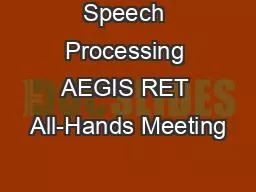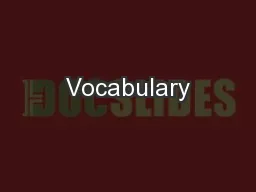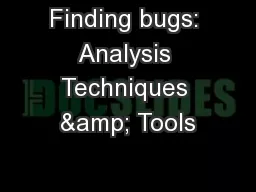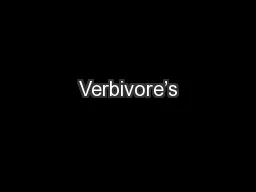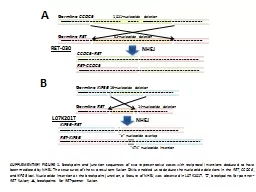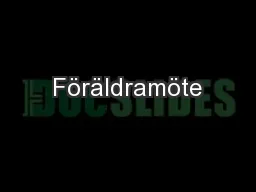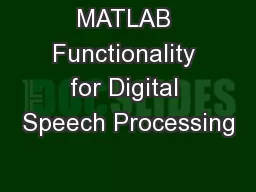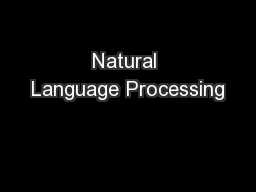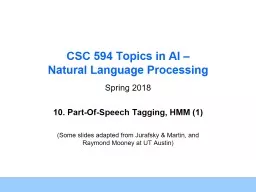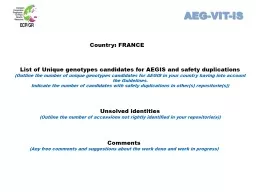PPT-Speech Processing AEGIS RET All-Hands Meeting
Author : reportssuper | Published Date : 2020-08-29
University of Central Florida July 20 2012 Applications of Images and Signals in High Schools Contributors Dr Veton Këpuska Faculty Mentor FIT vkepuskafitedu
Presentation Embed Code
Download Presentation
Download Presentation The PPT/PDF document "Speech Processing AEGIS RET All-Hands Me..." is the property of its rightful owner. Permission is granted to download and print the materials on this website for personal, non-commercial use only, and to display it on your personal computer provided you do not modify the materials and that you retain all copyright notices contained in the materials. By downloading content from our website, you accept the terms of this agreement.
Speech Processing AEGIS RET All-Hands Meeting: Transcript
Download Rules Of Document
"Speech Processing AEGIS RET All-Hands Meeting"The content belongs to its owner. You may download and print it for personal use, without modification, and keep all copyright notices. By downloading, you agree to these terms.
Related Documents

